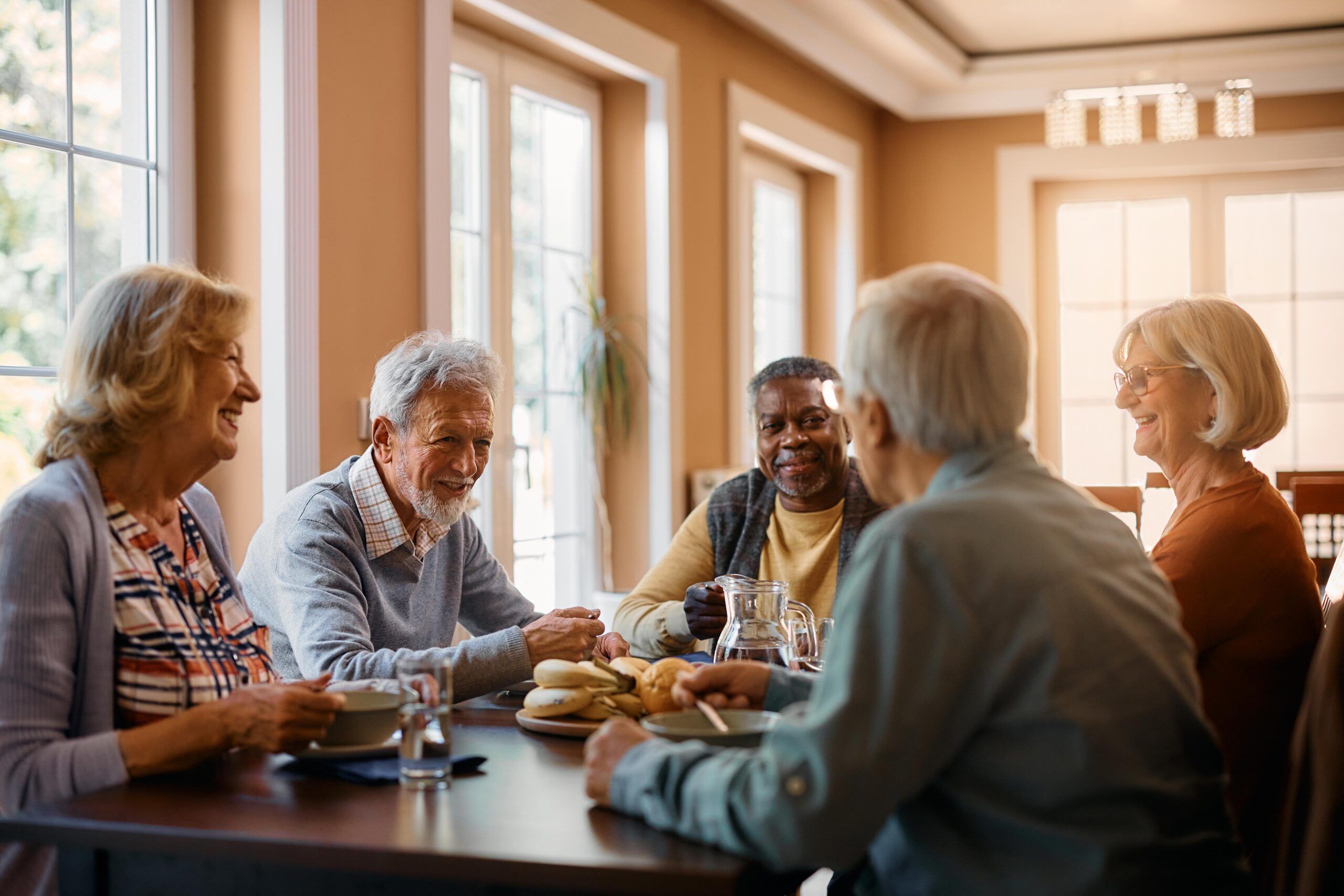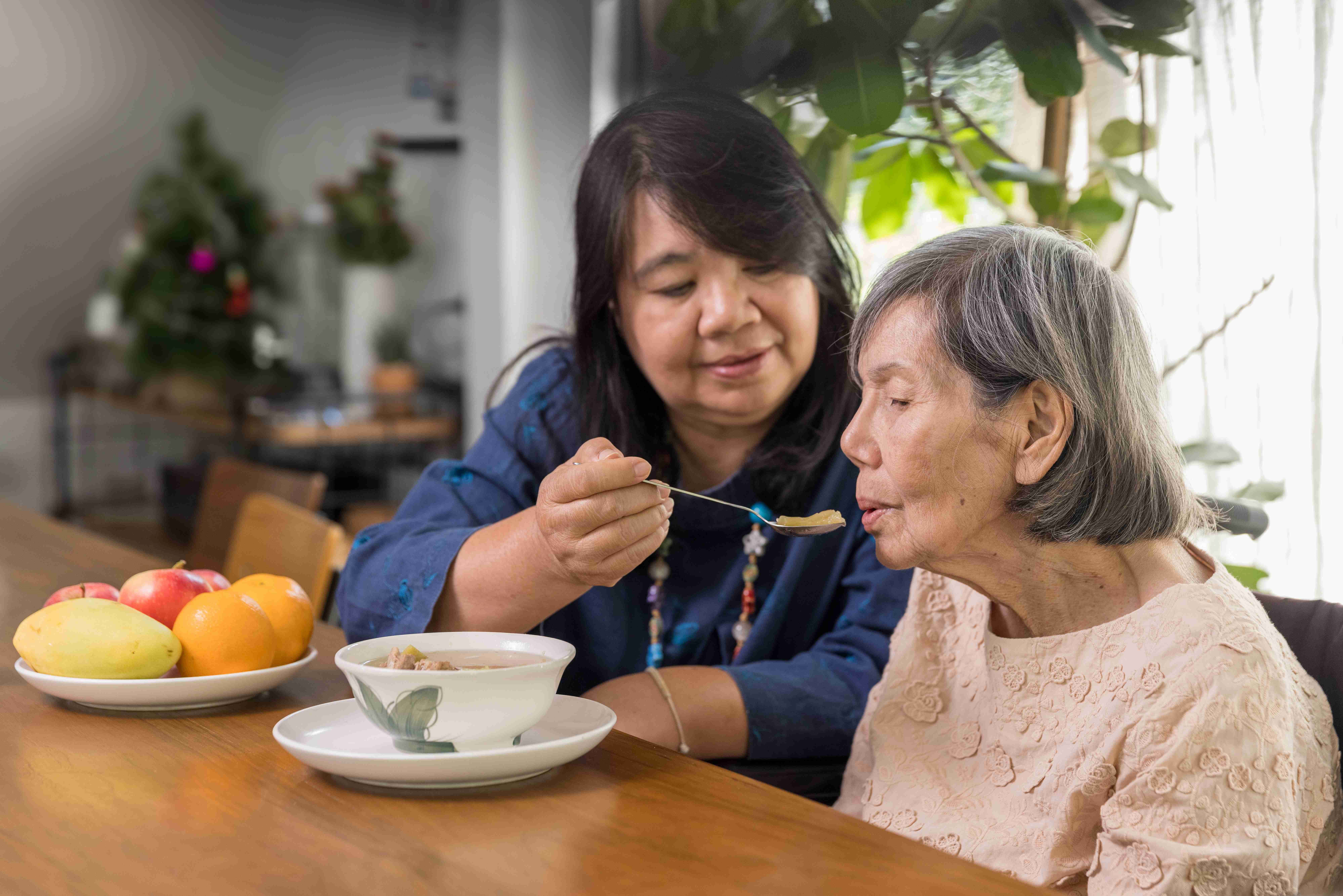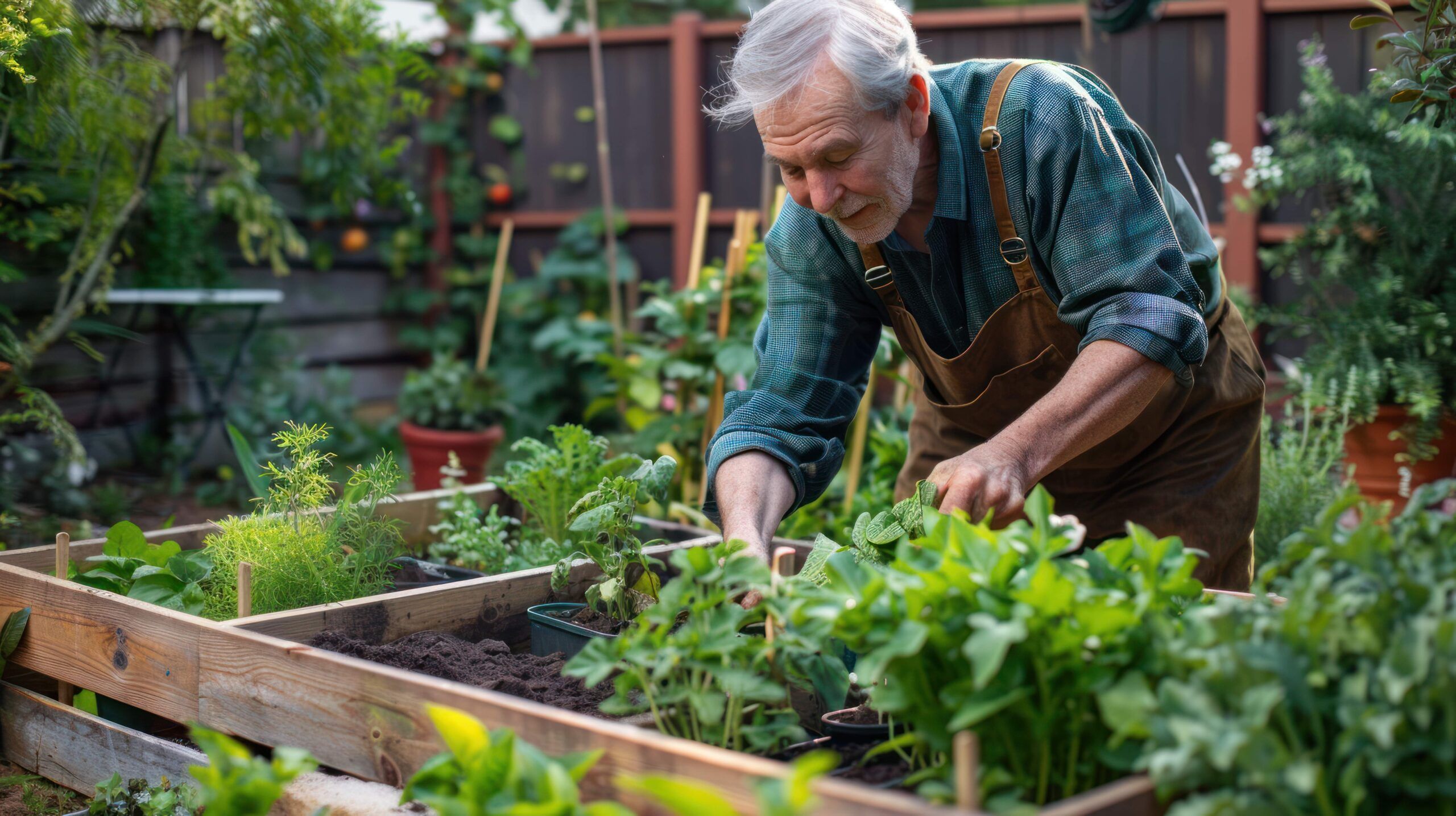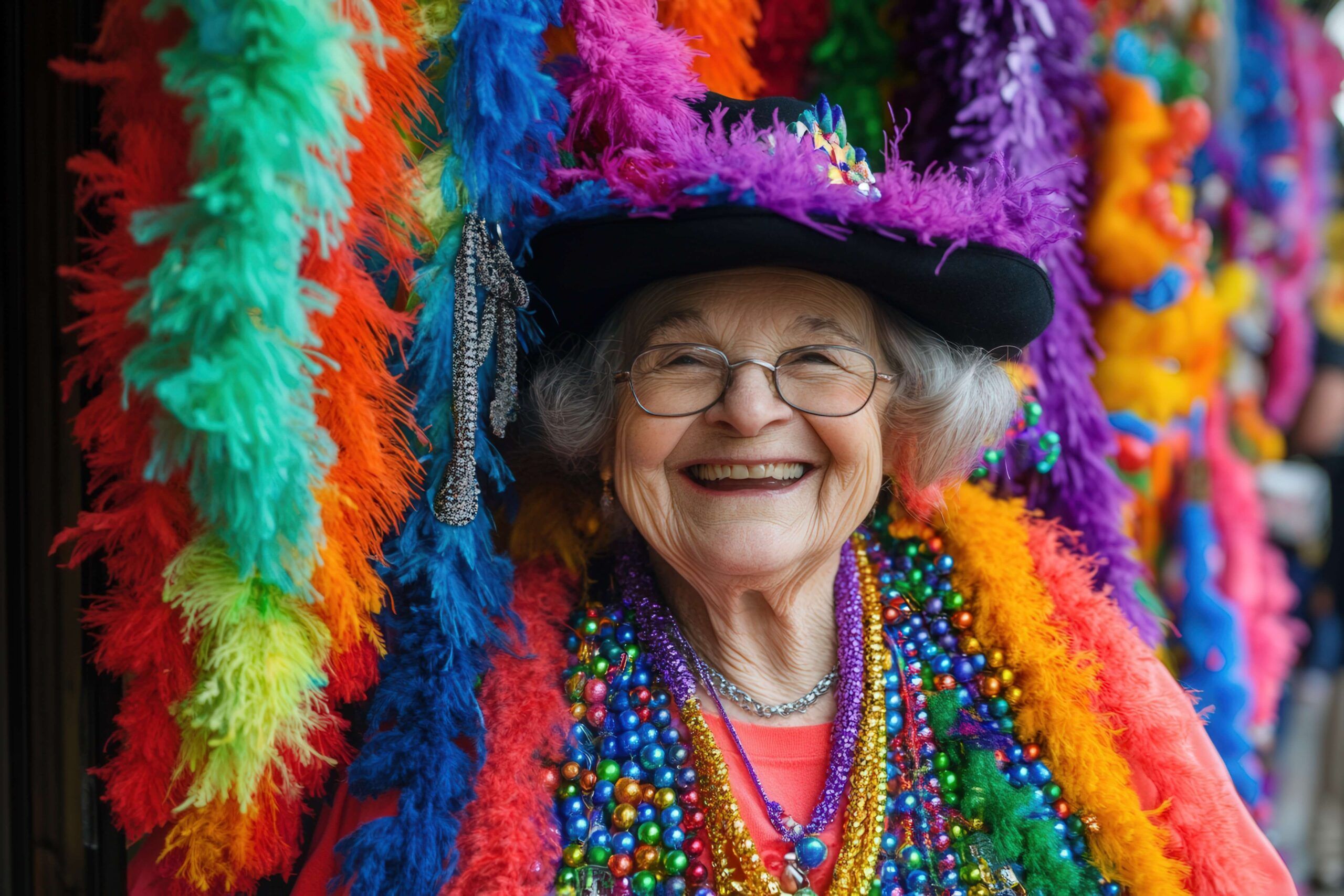How Nurses Reduce Hospital Readmissions for Seniors
Coming home from the hospital should be a turning point. It’s a chance to rest, recover, and get back to feeling like yourself. But for many older adults, that return home can be risky. The weeks after a hospital stay are a critical window. Without the right support, seniors can end up right back in the ER.
That’s where nurses come in. They’re not just caregivers. They serve as guides, advocates, and problem-solvers. Here’s how their support can make the difference in helping seniors heal at home and avoid readmissions.
They Help Manage Medications
When returning home from the hospital, people may suddenly have to manage new prescriptions, old prescriptions, and multiple pills at different times. It’s a lot to keep straight. Nurses help by creating easy-to-follow medication schedules and explaining what each one does and why it matters. They also watch closely for any side effects or drug interactions, making sure everything works safely together.
They Catch the Little Things Before They Become Big Things
Nurses are trained to notice the subtle stuff: swelling in the feet, a slight cough, a change in appetite or energy. These signs might not seem serious to the untrained eye, but they can be the first clue that something’s off. When problems are caught early, they’re often easier (and safer) to treat at home.
They Build Care Plans That Actually Fit Real Life
No two recoveries are the same. A good nurse doesn’t follow a one-size-fits-all playbook; they create a plan that fits the person, not just the diagnosis. That means factoring in things like whether someone lives alone, uses a walker, or needs help with meals. It’s care that’s as practical as it is personal.
They Teach Without the Jargon
Understanding what’s going on with your health can be overwhelming. Nurses help by breaking things down into everyday language. They talk with seniors and their families about symptoms to watch for, what foods to eat (or avoid), how to use medical equipment, and more. That kind of hands-on teaching builds confidence—and confidence leads to better recovery.
They Keep Everyone on the Same Page
Between doctors, therapists, specialists, pharmacists, and family members, it’s easy for things to fall through the cracks. Nurses help by acting as the hub of the care team. They communicate, coordinate, and follow up to make sure everyone knows the plan—and sticks to it.
Ready to Learn More?
At Claiborne Senior Living communities, we know that healing doesn’t happen in isolation. Our nurses bring skill and heart to every step of the recovery process. Whether it’s managing medications, coordinating care, or offering a listening ear, we’re here to help our residents thrive.
If you’re looking for senior living with a focus on expert care, meaningful relationships, and a lifestyle full of warmth and dignity, we invite you to visit one of our communities. Talk with our team, meet our nurses, and see how we empower seniors to live life to the fullest.














